The goal of this research effort is to develop an intelligent web-based information portal for use by employees of public agencies involved in AAM planning and implementation, and for the general public. Note that during the Phase I effort we had thought that public outreach and engagement would be a focus area of the work. However our interactions with public agencies have demonstrated the need to first focus on educational and training materials for personnel working in the public agencies. After personnel in the public agencies have been trained, then they can focus on providing training, education, and outreach to the stakeholders and the general public.
After a number of discussions regarding both desired capabilities and content for DLK, we made the decision to leverage capabilities of ATCorp’s CYRIN cybersecurity training website. In particular we want to leverage the formatting and structure of the Catalog page on the Cyrin website. The catalog provides a graphical representation of available courses and allows users to seek out training appropriate for their role and interests and knowledge level. In this approach rather than building up the DLK site from scratch, we are taking advantage of the existing “catalog” structure of the CYRIN site, and replacing its content with existing AAM materials as well as the materials created by the ATCorp team during the Phase I and Phase II effort. This approach not only reduces risk and cost associated with the development effort, but also provides us with a web-based structure for education and training that has been used successfully for a number of different customers in both the government and private sector.
While this provides a framework or structure for the DLK site, we still need to generate content and formulate courses that will address the knowledge gaps/concerns identified by the public agencies. For our initial development efforts we are organizing existing AAM educational materials into Moodle “courses.” Eventually we may develop courses in Moodle that contain “activities,” but at this point the materials consist of AAM resources such as reports, whitepapers, presentations, videos, podcasts, etc. (An Activity in Moodle is a feature where students learn by interacting with each other or with their teacher. They might, for instance, contribute in a forum, upload an assignment, answer questions in a quiz or collaborate in a wiki. Activities can be graded.) One challenge is to organize existing materials into meaningful “courses” that target agency needs. Our approach is to build a structure and courses that will provide tailored information to a user based on 1) the type of agency they work for (Federal, State, Regional, Municipal), 2) their knowledge level of AAM (Advanced, Intermediate, Beginner), and 3) their role within an agency (Aeronautics, Transportation Planning, Other).
Based on the broad topic areas identified by SJDOT in Phase I, and the annotated bibliography developed in Phase I, we organized course categories, sub-categories, and courses (materials) to populate the sandbox website and to explore desired features and functions such as searching and filtering. This is a starting point for meeting our goal of developing an “intelligent” web-based capability that provides curated information to users based on their role and knowledge needs rather than a simple listing of materials. Eventually the site will support a hierarchy of materials that allow users to delve into different levels of detail regarding a wide variety of AAM topics. For this initial prototype we included the following categories, sub-categories, and courses in the Moodle sandbox site.
